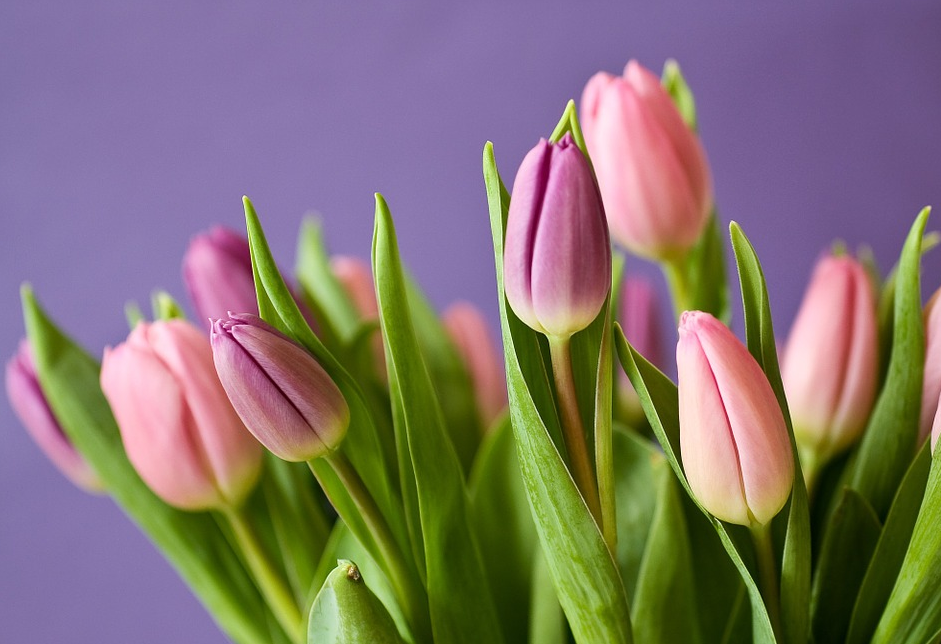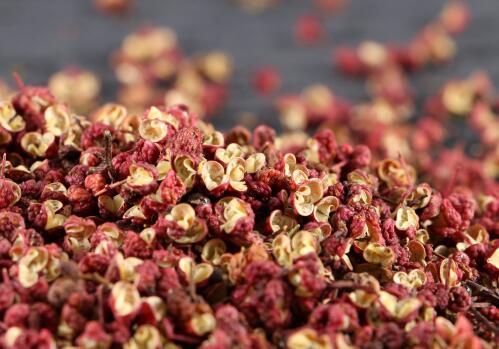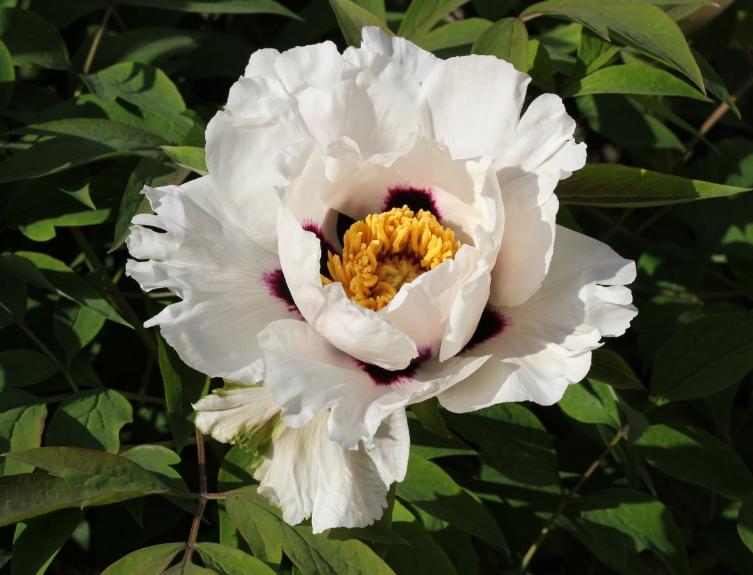How to buy tulip bulbs? How to plant and maintain?
Tulips, also known as Dutch flowers and lotus flowers, are perennial herbs of the genus Tulip of Liliaceae. They are native to Turkey and are the national flowers of Turkey, the Netherlands, Hungary and other countries. Tulips are of various colors and have high ornamental value. So how to choose and buy tulip bulbs? How to plant and maintain?

I. the method of selecting and purchasing tulip bulbs
1. Choose a large ball diameter
To select pure varieties, no disease and insect pests, no damage to the ball, the circumference of the bulb requires more than 8cm, 6cm will not blossom, 6~8cm flowering is not guaranteed.
two。 Select a good variety
The color of the bulb is dark red, light yellow or white, and it is necessary to ask whether it is an imported ball, a domestic ball, a normal temperature ball or a low temperature ball. The normal temperature ball is a kind of ball without low temperature treatment, and after the seed is planted in the natural low temperature period, the flowering period is from mid to late March to early April.
Second, the planting method of tulip bulb
1. Low temperature treatment
Put the seed balls in the refrigerator at a temperature of 4 ℃ ~ 9 ℃ and then take them out and plant them two months later, or plant them directly in pots and put them in the refrigerator to prepare a flower box or 5-inch flowerpot about 70 centimeters long. Tulips require both water conservation and air permeability in the planting soil, and it is best to use peat soil entirely.
two。 Planting density
The long flower box can be implanted with five bulbs in each of two rows and planted at a distance of 8 centimeters apart for each bulb, and three bulbs can be planted in a 5-inch pot.
3. Planting method
When planting, the pointed and convex part of the bulb is facing up, and the flatter side is planted in the same direction, then the direction of the leaves will be neat and the leaves will be more beautiful. after planting the bulb, the soil will be covered with the surface layer, and the long-acting fertilizer, such as immortal fertilizer and magic fertilizer, will be used as base fertilizer and irrigated with enough water.
III. Maintenance and management methods of tulips
1. Soil requirement
Tulip requires both water retention and air permeability, the salinity should not be too high, and the pH value should not be less than 6. The mixture of peat, mature soil and sand with 1 ∶ 1 ∶ 1 as cultivation medium has a better effect.
two。 Sunshine requirement
Sufficient sunlight is necessary for the growth of tulips. Insufficient sunlight will cause poor plant growth, cause falling buds, weaken plants, lighten leaves and shorten florescence. Within more than half a month after tulips are on the pot, they should be properly shaded to facilitate seed bulb to produce new roots. During germination, the elongation of flower buds is inhibited by light. After shading, it can promote the elongation of flower buds and prevent the early vegetative growth from being too fast. After emergence, the light should be increased, the jointing of plants should be promoted, the buds should be formed and the coloring should be promoted. After the buds are completely colored in the later stage, direct sunlight should be prevented and the flowering time should be prolonged.
3. Temperature range
Tulip prefers the climate of warm winter and cool summer, the suitable temperature for growth is 9-13 ℃, it has strong cold resistance and can withstand the low temperature of-35 ℃ in winter.
4. Fertilizer and water management
Water should be watered thoroughly after planting, so that the soil and bulbs can be fully combined to facilitate rooting, water should be properly controlled after budding, when the leaves gradually elongate, water can be sprayed on the leaves to increase air humidity, and adequate water supply should be ensured at bolting and budding stages. to promote the full development of flowers, after flowering, water should be properly controlled, tulips do not have high requirements for fertilizer, and some nitrogen fertilizer can be applied if the growth is weak. When the root system is well developed, 2kg calcium nitrate is applied every 100m 2, spread three times, each time at an interval of more than one week.
5. Pest control
The pathogens of tulip diseases and insect pests can be carried by the seed ball or by the soil to infect the seed ball, which mostly occur in the environment of high temperature and high humidity. the main diseases are stem rot, soft rot, color fragmentation, quenching disease, blind bud and so on. Most of the pests are aphids. Sufficient soil disinfection should be carried out before planting, virus-free bulbs should be selected as far as possible, and the diseased plants should be dug up and destroyed in time.
The above is the introduction of tulip bulb selection and purchase methods and planting and maintenance skills by Tuliu.com, and the above methods can be used as a reference.
Time: 2019-03-12 Click:
- Prev

How much is the profit of planting 5 mu of pepper? What are the planting management techniques?
Pepper is a necessary seasoning for Sichuan hot pot and Sichuan cuisine, and the prices of different varieties of pepper range from tens to hundreds of yuan. In addition, Zanthoxylum bungeanum is also a good planting project, how much is the profit of planting 5 mu of pepper? What are the planting management techniques? The basic introduction of Chinese prickly ash
- Next

Planting techniques of high yield and high yield of Paeonia lactiflora
Paeonia lactiflora is one of the top ten famous flowers in China, which is often planted with peony, which can prolong the flowering period in visual effect. Peony can be used as a special garden and flower bed, and it can also be used in fresh cut flowers. Paeonia lactiflora root can also be used as medicine. Here are some planting techniques for high yield and high yield of Paeonia lactiflora. Soil selection
Related
- Fuxing push coffee new agricultural production and marketing class: lack of small-scale processing plants
- Jujube rice field leisure farm deep ploughing Yilan for five years to create a space for organic food and play
- Nongyu Farm-A trial of organic papaya for brave women with advanced technology
- Four points for attention in the prevention and control of diseases and insect pests of edible fungi
- How to add nutrient solution to Edible Fungi
- Is there any good way to control edible fungus mites?
- Open Inoculation Technology of Edible Fungi
- Is there any clever way to use fertilizer for edible fungus in winter?
- What agents are used to kill the pathogens of edible fungi in the mushroom shed?
- Rapid drying of Edible Fungi

